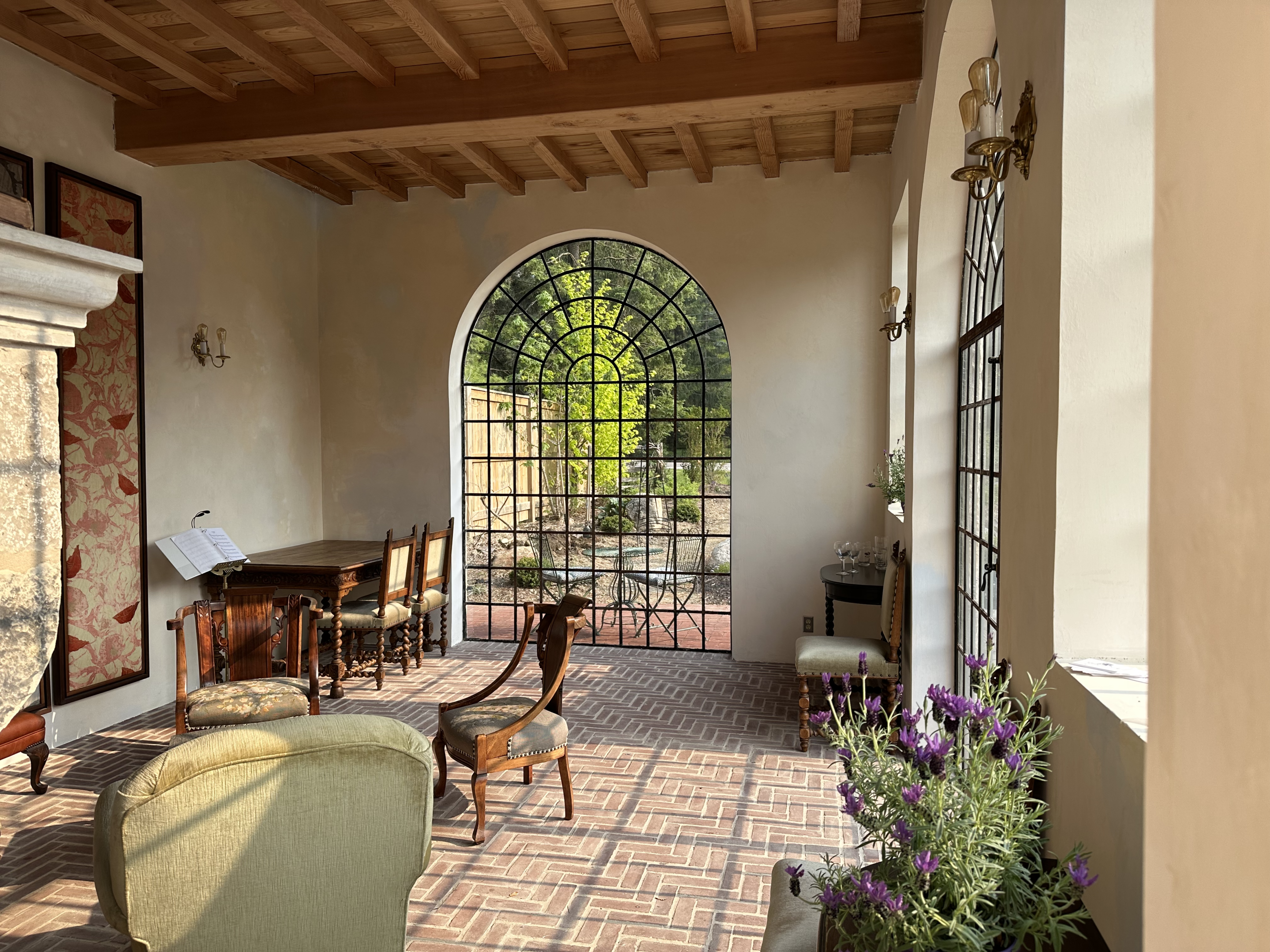In the field of architecture and design, the late Christopher Alexander emerged as a pioneering thinker, offering profound insights into the creation of spaces that prioritize human well-being. At the heart of his philosophy lies the concept of “living quality,” a holistic approach that seeks to enhance the human experience through thoughtful design. This essay delves into the core principles of living quality as envisioned by Christopher Alexander, examining their significance in shaping environments that foster vitality, harmony, and a sense of belonging.
- Embracing Patterns of Wholeness: Central to Alexander’s concept of living quality is the recognition of patterns of wholeness. These patterns arise from an understanding of human needs, desires, and the innate connection between individuals and their environment. By identifying and applying these patterns, designers can create spaces that resonate with users, promoting a sense of harmony, comfort, and vitality. These patterns encompass various elements, such as the scale of spaces, the interplay of light and shadow, the selection of materials, the arrangement of forms, and the adaptability of the built environment.
- Participatory Design and Community Involvement: Living quality places great emphasis on the participation of end-users and the broader community in the design process. Alexander advocates for a collaborative approach that empowers individuals to actively contribute their knowledge, experiences, and aspirations. By involving users, designers gain valuable insights and develop a deeper understanding of the needs and values of the community. This participatory approach fosters a sense of ownership, pride, and belonging among users, resulting in environments that truly serve their diverse needs.
- The Essence of “Quality Without a Name”: Alexander introduces the notion of “quality without a name” as an essential component of living quality. It refers to an intangible, yet palpable, quality that emerges when a space or structure successfully meets the deep, often subconscious, desires of its users. This elusive quality encapsulates a sense of beauty, harmony, and coherence that resonates on a profound level, evoking feelings of comfort, inspiration, and well-being. Achieving this quality requires an attunement to the intricate nuances of human experience and an ability to create environments that go beyond mere functionality.
- Contextual Sensitivity and Cultural Continuity: Living quality acknowledges the importance of context in design. Alexander emphasizes the need to consider the unique characteristics of a site, its natural and cultural context, and the social fabric of the community. By respecting and responding to the existing context, designers can create environments that integrate seamlessly with their surroundings, fostering a sense of place, rootedness, and continuity. This approach ensures that spaces are not isolated entities but interconnected elements within a larger ecological and cultural system.
- Sustainable Design and Timelessness: Living quality aligns closely with the principles of sustainability. Alexander advocates for designs that transcend transient trends and instead strive for timelessness. By creating environments that stand the test of time, we reduce the need for constant remodeling or demolition, minimizing waste and resource consumption. This long-term perspective not only benefits the environment but also ensures that spaces continue to serve the needs of users over generations, promoting a sense of stability, authenticity, and connection.
- The Transformative Power of Beauty: Beauty, in Alexander’s view, plays a transformative role in living quality. He perceives beauty as an objective quality rooted in the inherent harmony of the natural world. Integrating beauty into design can uplift the human spirit, inspire creativity, and cultivate a sense of wonder and awe. Aesthetic considerations, therefore, become integral to creating environments that nurture well-being and create a positive emotional response.
Christopher Alexander’s concept of living quality offers a paradigm shift in the approach to architecture and design. By embracing patterns of wholeness, participatory design, contextual sensitivity, sustainability, and the transformative power of beauty, designers can create spaces that transcend functional requirements and deeply connect with human beings. The application of living quality principles facilitates the creation of environments that prioritize human well-being, promote a sense of belonging, and establish a sustainable relationship between individuals, communities, and their built surroundings. In an increasingly complex and fragmented world, living quality offers a profound framework to shape environments that resonate with the human spirit and nurture a flourishing society.




0 Comments